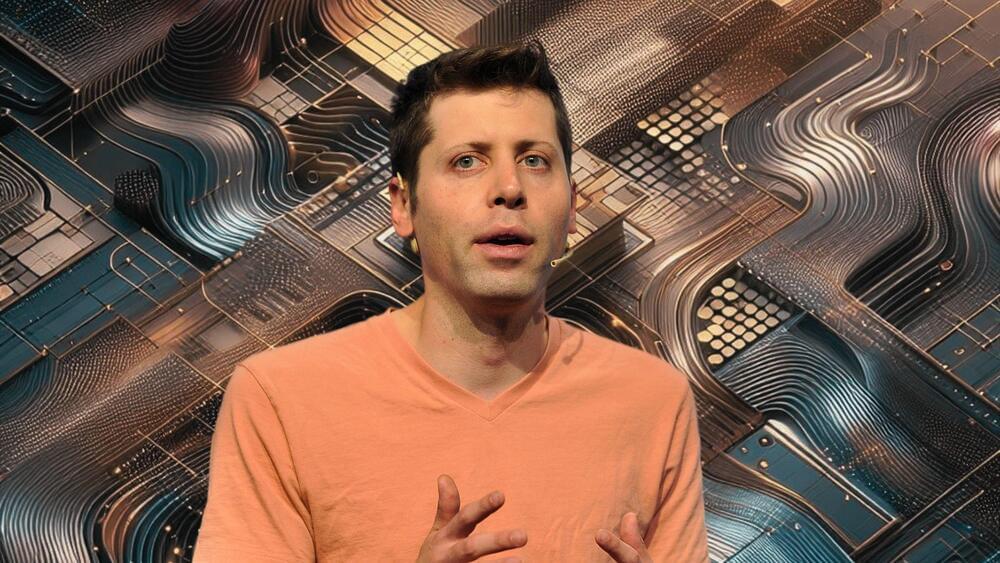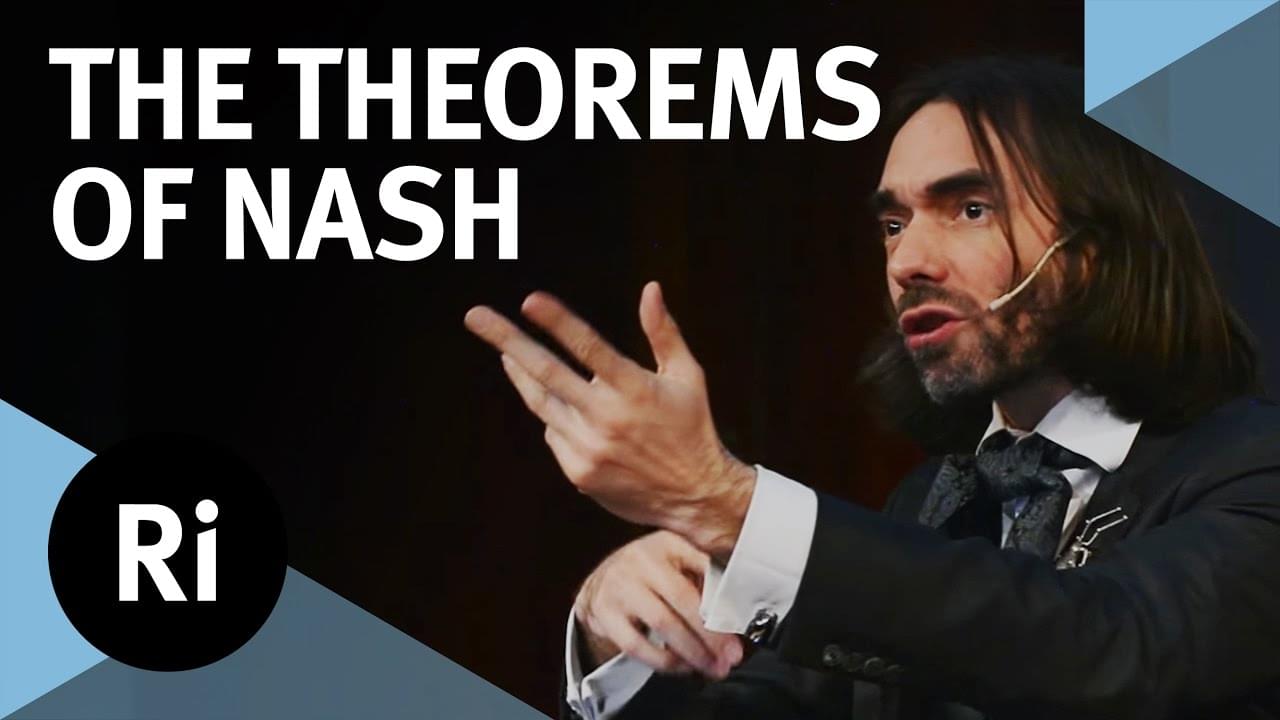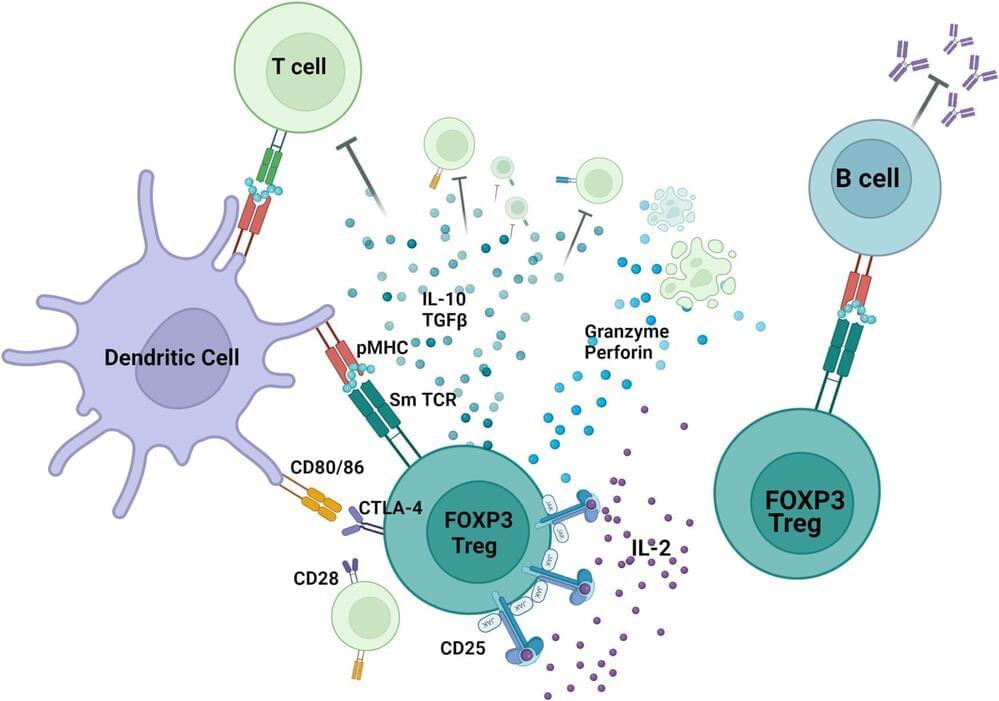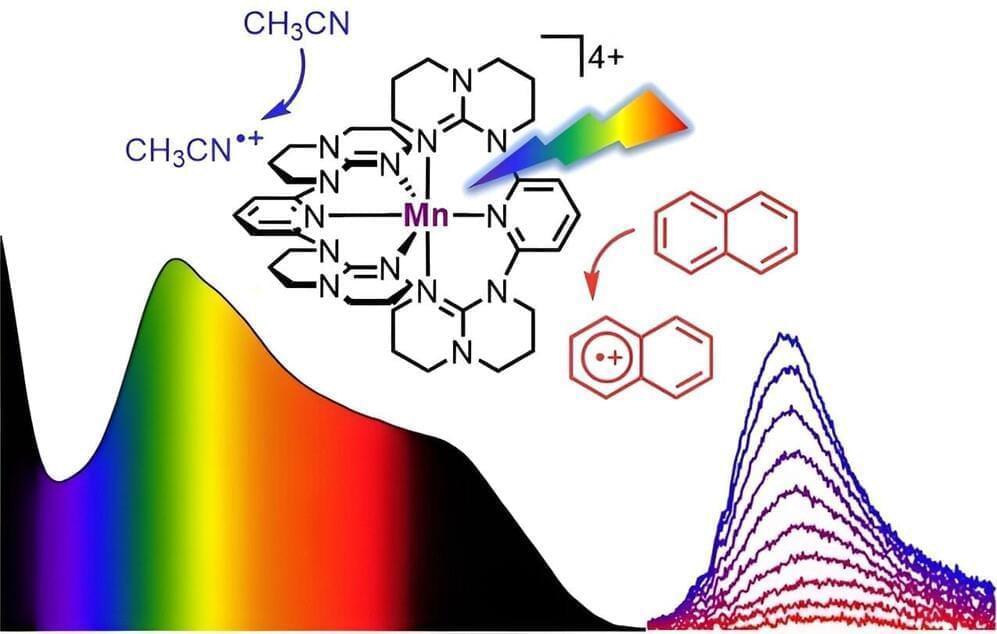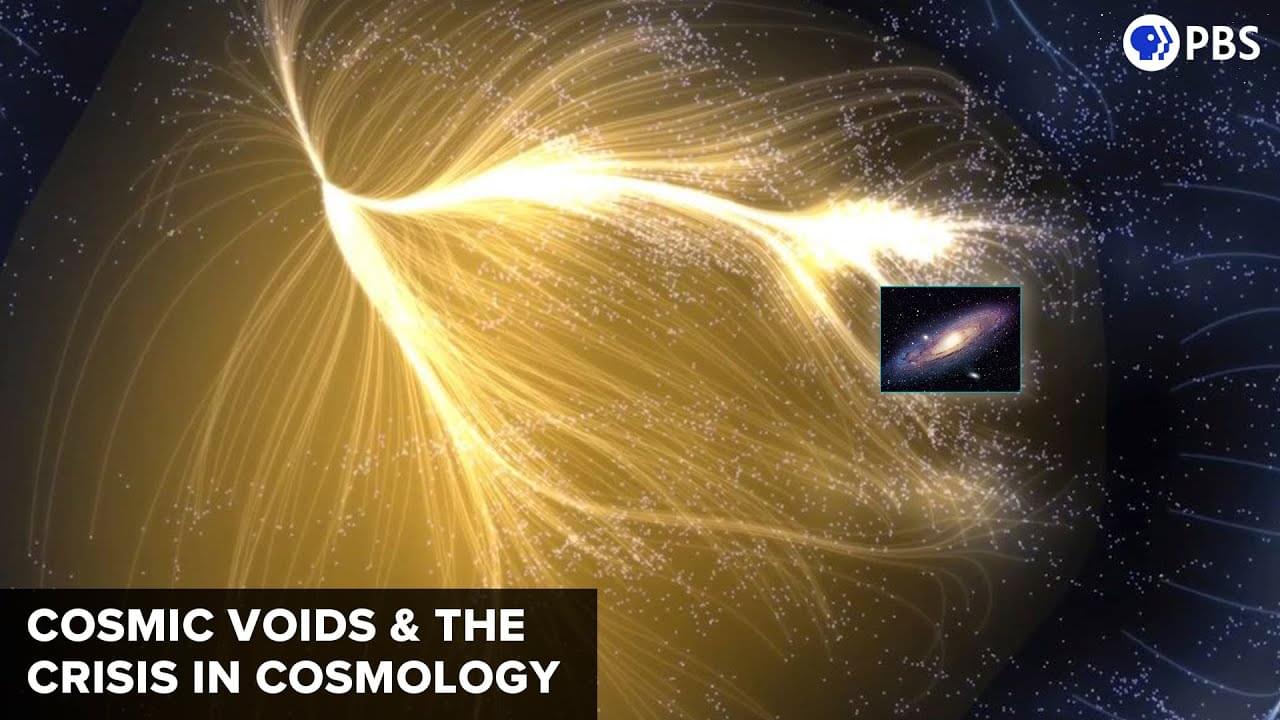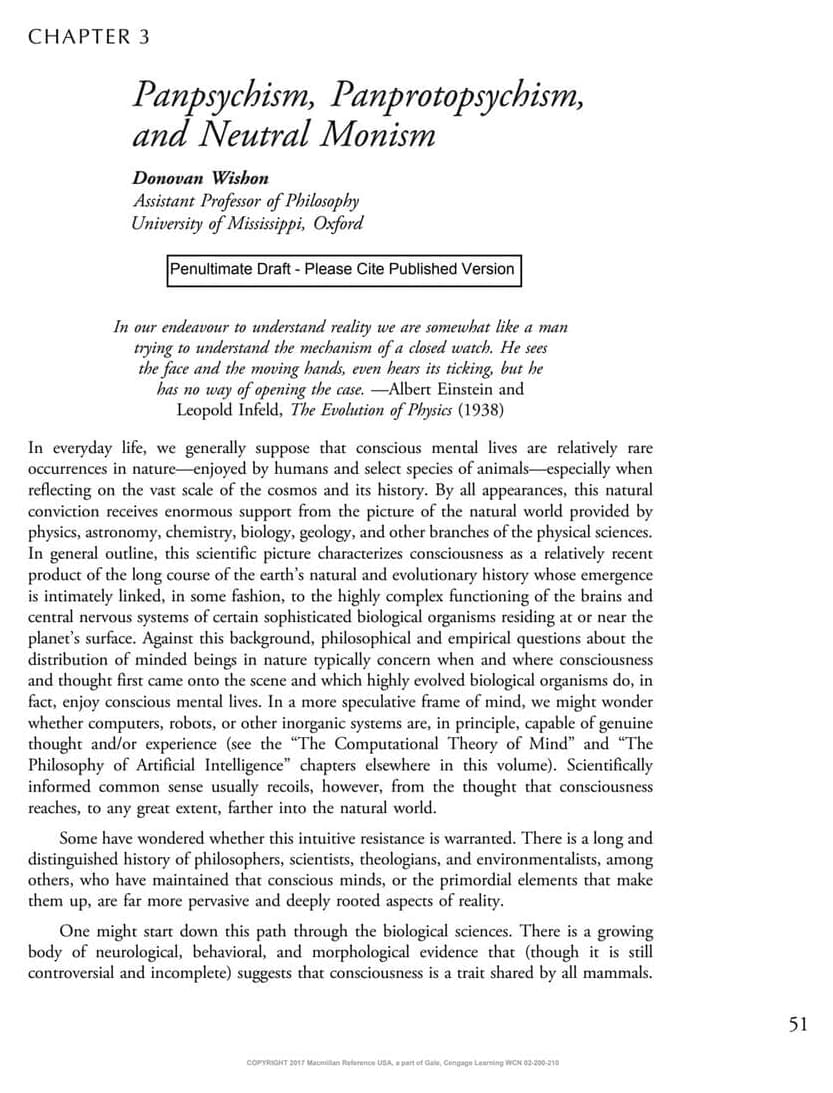Feb 10, 2024
Sam Altman aims to raise a staggering $7 trillion to challenge Nvidia’s monopoly
Posted by Gemechu Taye in categories: government, robotics/AI
Altman estimates that he would need between $5 trillion and $7 trillion to overhaul the semiconductor industry, which is currently dominated by Nvidia, the leading provider of graphics processing units (GPUs) for AI applications. Nvidia’s market cap has soared to $1.72 trillion in 2023, surpassing many tech giants such as Amazon and Alphabet. Altman wants to challenge Nvidia’s monopoly and create more competition and innovation in the AI chip market.
White House’s $11 billion bet on US semiconductor
Meanwhile, The White House announced the US government’s plan to spend $11 billion on semiconductor-related research and development on Friday. This move comes in the wake of Congress approving the Chips and Science Act in August 2022, which provides $52.7 billion for semiconductor production and R&D. Of this, $39 billion is allocated for subsidies and $11 billion for R&D.
